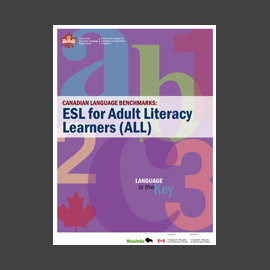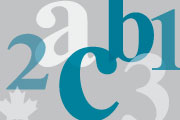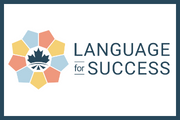Cart Subtotal : $0.00

Creativity and Innovation
Creativity and Innovation requires communicating with others in a way that conveys readiness for generating ideas and trying new ways of doing things. It involves receptive, expressive, reading and writing, often in combination; for example:
- Watching and reading actively and asking questions to understand problems or processes that need to be improved.
- Watching and reading new or diverse ideas without judgement; asking questions to understand and build on ideas.
- Conveying curiosity and an openness to exploring ways to improve processes, services or products.
- Participating in brainstorming; offering ideas while conveying respect for others’ ideas.
- Receiving and offering constructive feedback; expressing appreciation and encouraging others to elaborate.
- Expressing or presenting ideas, including interpretations, rationales, strengths and limitations, and recognition of bias and assumptions; asking for input.
- Expressing or presenting plans for acting on an idea.
- Admitting and sharing mistakes or errors in judgement, and identifying what can be learned from them.
The Canadian Language Benchmarks (CLB) describe communicative ability in English as a Second Language (ESL). The CLB organize 12 benchmarks into three stages of ability: Stage I (Basic), Stage II (Intermediate) and Stage III (Advanced).
Learners may already possess Creativity and Innovation skills but lack the English and the sign language to demonstrate them. For this reason, there is no direct correspondence between Creativity and Innovation and CLB levels.
The examples below show the language involved in demonstrating Creativity and Innovation.
![]()
Smile, nod and use facial expressions, signed words or ASL signs and simple phrases to acknowledge and encourage others to share ideas.
![]()
Give a short description of a challenge related to a routine work procedure; answer simple questions to clarify information.
![]()
Repeat back what a co-worker has said to confirm understanding; express interest and ask questions to help them develop the idea.
![]()
Express an idea to improve a routine work procedure; ask what others think.
![]()
Read questions in a short survey about improving cafeteria selections; respond with phrases or short sentences to express ideas for improvement.
![]()
Watch and understand a co-worker’s idea; suspend judgement, use a combination of signs, facial expressions, body movements, and other non-manual markers or non-manual signals (NMS) to indicate interest, and pose questions to fully understand it.
![]()
Paraphrase what a colleague has said to confirm understanding; pose questions to help bring an idea to fruition. (What else do we need to know? Should we try it? When should we start?)
![]()
Admit when an idea hasn’t worked; share thoughts on the reasons why and what can be learned from it.
![]()
Suggest a new workplace policy; provide a rationale, including potential benefits.
![]()
Document an idea; request feedback from others; review and incorporate feedback to enhance the idea.
![]()
Encourage members of a group to build on each other’s ideas; pose questions, give feedback and link their ideas to help members expand on, justify and clarify their ideas.
![]()
Make a formal presentation about a new business idea, detailing advantages and possible pitfalls; address points made by the audience.
![]()
Identify and point out biases, assumptions and inconsistencies in thinking with the goal of enhancing ideas or solutions.
![]()
Review a draft creative advertisement; express an interpretation of the symbolism and visual imagery it presents and its potential to attract buyer loyalty.
![]()
Read a draft funding proposal; edit and revise the proposal to clarify how the initiative meets a need in a unique way.













